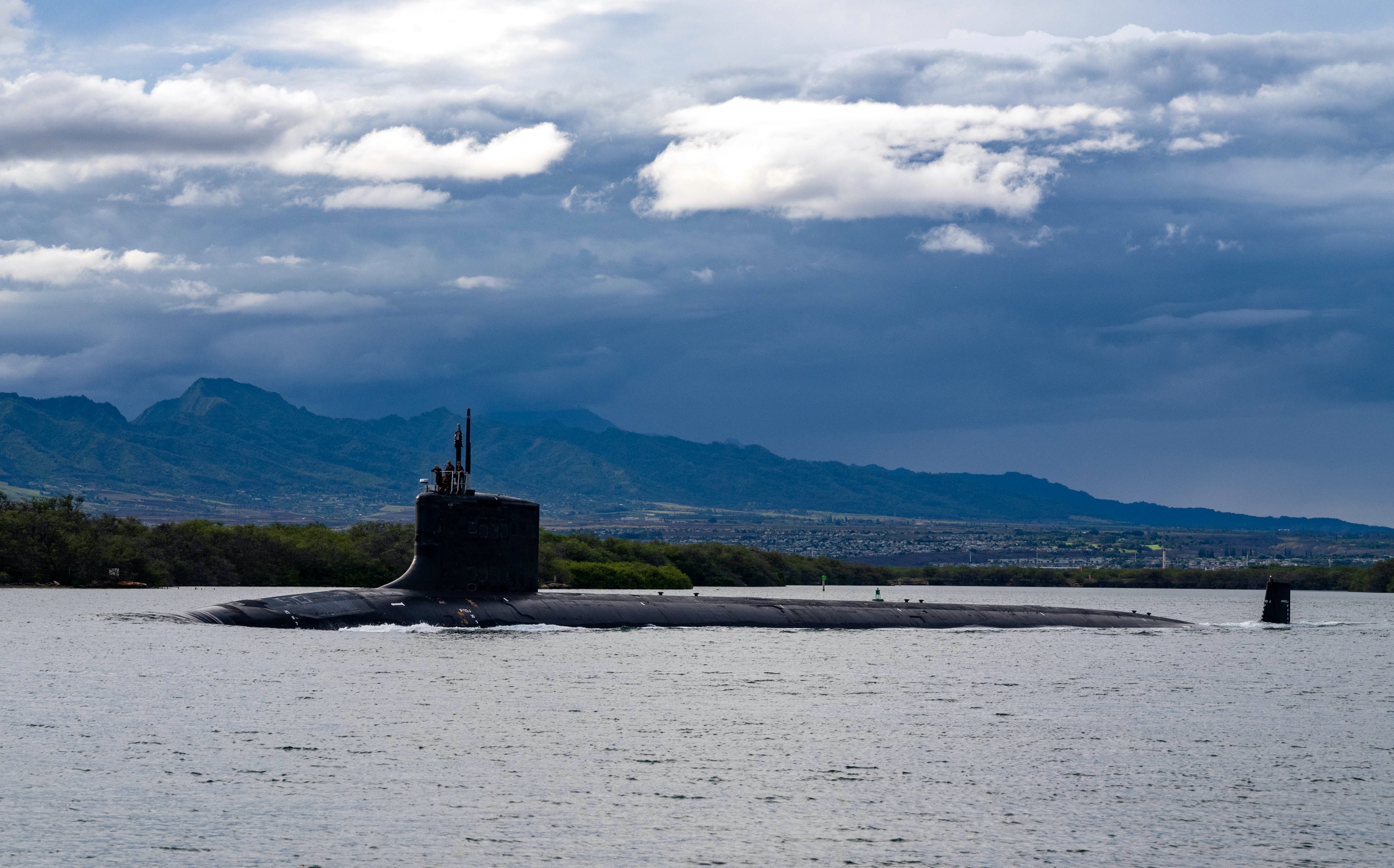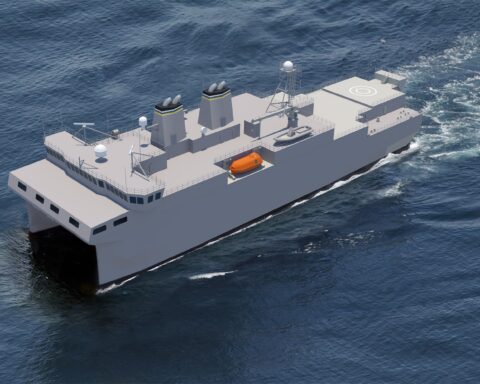The following is the Feb. 12, 2018 Congressional Research Service report.
From the Report:
The U.S. military has a long and complicated history in developing directed energy (DE) weapons. Many past efforts have failed for a variety of reasons and not all failures were attributed to scientific or technological challenges associated with weaponizing DE. At present, a number of U.S. military DE weapons-related programs are beginning to show promise, such as the Navy’s Laser Weapon System (LaWs), the first ever Department of Defense (DOD) laser weapon to be deployed and approved for operational use, according to the Navy. With a number of U.S. Army weapons-related DE programs showing promise during concept demonstrations and their potential relevance in addressing a number of current and emerging threats to U.S. ground forces, some believe the Army is making progress to field viable DE weapon systems designed to counter rockets, artillery, and mortars (C-RAM) and address certain types of short-range air defense (SHORAD) threats.
While DE weapons offer a variety of advantages over conventional kinetic weapons including precision, low cost per shot, and scalable effects, there are also some basic constraints, such as beam attenuation, limited range, and an inability to be employed against non-line-of-sight targets, that will need to be addressed in order to make these weapons effective across the entire spectrum of combat operations.
DE weapon system development raises a number of national security and international relations implications associated with DE weapons as well as international law concerns that must also be taken into account. By no means does the United States enjoy a monopoly on DE weapons development, and potential adversaries such as Russia and China, as well as allies such as Israel, have well-established DE weapons programs that, in some cases, might be on par with or even surpass current U.S. DE weapons development programs, presenting additional national security concerns to U.S. policymakers.
Potential issues for Congress include the following:
- What progress has been made on Army weapons-related high powered microwave (HPM) programs?
- How do U.S. Army DE efforts compare to our allies and potential adversaries?
- How close is the Army to fielding operational DE weapon systems?
- How practical are these systems given their constraints?
- How will the Army’s new Modernization Command affect the management of weapons-related DE programs?
- What are the estimates of resources needed to fund the Army’s full suite of DE systems?
via fas.org





